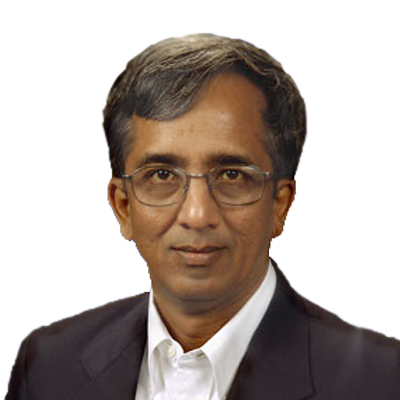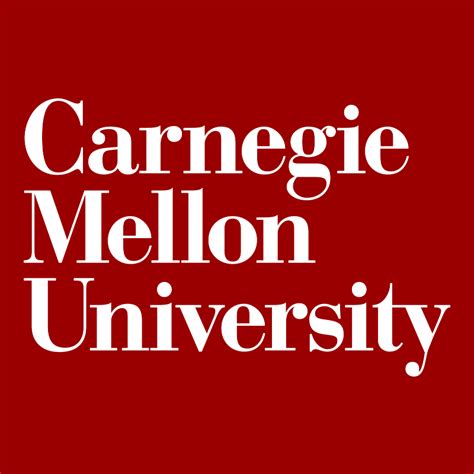Employing novel design processes to solve pressing and urgent problems
The ability for human beings to design new tools to tackle changing environments and times has been an important key to survival and a driver of progress across time. In the digital age especially, technology has propelled the global community towards new design strategies for some of society’s greatest challenges. Dr. Eswaran Subrahmanian, Research Professor at Carnegie Mellon University, hopes to bring awareness to the act of designing, which he refers to as the “uncelebrated evolutionary cornerstone of all activity in each human being.” He and his interdisciplinary, international, and diverse team are working to solve pressing and urgent problems in countries such as India that have underdeveloped infrastructure and high rates of poverty. Furthermore, technologies created for developing countries often leads to the ability to expand that technology to developed countries at lower cost, energy consumption, and materials use than the technologies they are currently using. Therefore, Dr. Subrahmanian achieves both scientific and educational goals as he addresses urban problems and public issues while teaching the next generation of scientists in the US and India to do the same.
With the firm belief that “design education must integrate theory, research, and practice to be relevant and practical to human development in society,” Dr. Subrahmanian has spent over 25 years advancing the design of technologies for the future. His passion for the synthesis of different disciplines to solve problems combined with his deep concern for the global community has manifested in a socio-technical design solutions through simulation, gaming, and visualization for improved social participation and communication. Specifically, by leading and creating cross national initiatives at Carnegie Mellon University, TU-Delft, and India, Dr. Subramanian is working to create a cross-national laboratory where engineering, management, industrial design, computing, humanities, and social sciences can lead to a common space in the realm of design.
Current research includes:
- A Road Ahead: This project helps communities decide how they would like to organize their city, in terms of their activities, and including transport systems. For example, if they only want to travel for 10 minutes, then the city needs to be organized in a different way than if they are willing to travel for sixty minutes. Because infrastructure development costs are high in developing countries such as India, more alternatives need to be explored in more resource-rich places such as the US. The project will use games, simulations, and other methods to arrive at a potential set of configurations and approaches to build up small cities. This is especially relevant given rapid urbanization in Asia and Africa, where the most growth has been seen in small cities.
-
Smart Campus: Dr. Subrahmanian and his group recently finished a project called “smart campus” for the International Institute of Information Technology, Bangalore, where they combined a study of current behavioral patterns of use with an agent-based simulation to replicate the current consumption and explore policies for reduction in consumption.
- NextWave: The NextWave project is tackling women’s safety in India. It has led to a multi-lingual, audio-visual reporting device for women to report sexual harassment in public places in India. This technology allows women in India to report sexual harassment through video, text, or spoken-report. Therefore, even if a woman is not literate, or does not speak the local language, she can still report sexual harassment.
- Bringing Theory to Practice: In the US, Dr. Subrahmanian is working on issues of semantic interoperabilityof software computer systems. His work blurs the line between theory and application problems. For example, he and his team are hoping to ensure that health databases interact with each other so that they can communicate their content and avoid the need to duplicate processes.
- Cyber-Physical Social Systems: Dr. Subrahmanian is currently working on the foundations of information modeling for the design of Cyber-Physical Social systems including inter-operability across systems and human organizational actors. In so doing, he hopes to aid collaborative smart systems in their efficient and effective design.
Bio
Dr. Eswaran Subrahmanian describes that after growing up in India, it is “difficult to not think about others,” when designing technologies for the future. In his undergraduate education at BITS-Pilani, Dr. Subrahmanian was privileged to spend almost a year in industry doing research that affected the use of materials and processes in anode furnaces. The company was in a remote and very poor part of India. This left a strong impression on his understanding of the relationship between theory and practice and how research mediates the two. At the same time, computing was starting to emerge in India in the early 70’s in a few universities which led him to pursue computer science in the US. Dr. Subrahmanian’s passion became to use computers for the good of society. After going to Carnegie Mellon University and completing his thesis on applying Artificial Intelligence (AI) methods to encode welfare laws to support the caseworker in eligibility determination, he continued his work on use AI techniques in a variety of engineering domains.
After 1987, at Carnegie Mellon University, at the Inter-disciplinary Engineering Design Research Center, he had the opportunity to work with Industry and study their processes to create collaborative engineering systems. This expanded the role of research for him to mix his social science background with engineering and computer science background by bringing methods from these disciplines together. This was the core of the journey where he worked with several multinational companies such as ABB and Bosch by mixing theory and practice. They participated not just in the prototype system but also worked to change their processes. Methods used include ethnographic studies, surveys, simulations, and prototyping, testing, and supporting in the transfer of systems to companies. His group had up to ten people at times, and was interdisciplinary and international in nature.
From theory to practice and vice versa – for Dr. Subrahmanian and his group, this is how the usable information based “Theory of the Artifact” is born. It grows by maintaining and synthesizing continually. His work has been on infrastructure related products such as train, power systems, or industrial products used to produce other things, not just consumer products.
With this as background, he then decided to return to India for a few years, working on design of Infrastructures. How do we know what we need in a city such as Bangalore when there are so many languages spoken, a variety of scripts and levels of literacy, and so on? Here he and his team felt that the visual medium has to be one of the important parts of engaging large groups of heterogeneous people to be able to participate in developing country such as India. This has culminated in a three year, non-profit research organization (Fields of View) whose goal is to apply gaming and simulation using computers to enhance participation and design of social infrastructures. This organization was 34th in the list of 40 Think Tanks for the development of Best New Idea or New Paradigm in the world bY University of Pennsylvania Think Tanks to Go To Report, 2014. His current research brings together the diverse parts of his background in designing for large, diverse populations in developing countries but working beyond just apps or pure consumer products. The need to bring diverse people together to design is a challenge that fuels his research and the methods and tools they build.
Website: http://www.ices.cmu.edu/ndim


